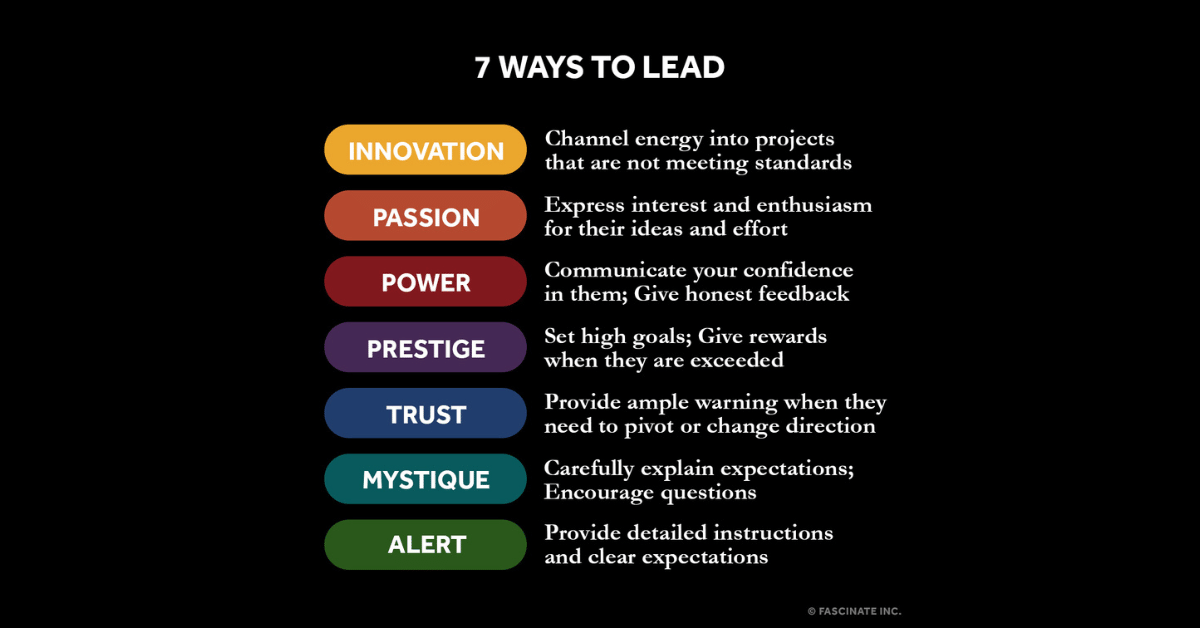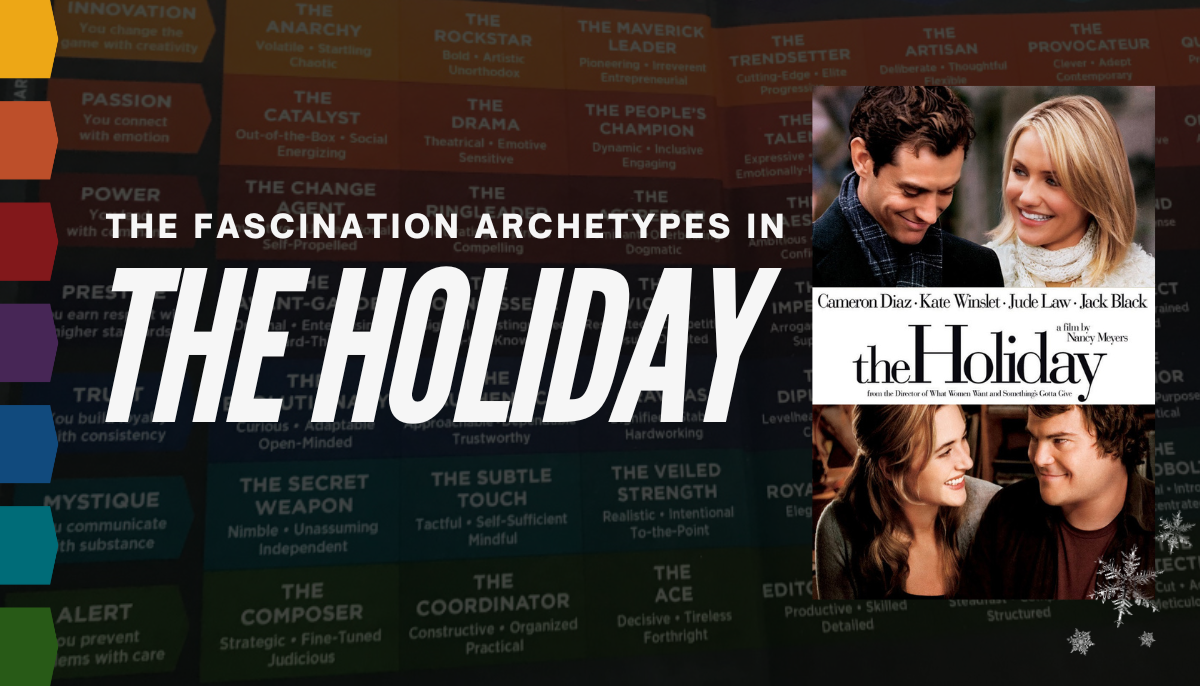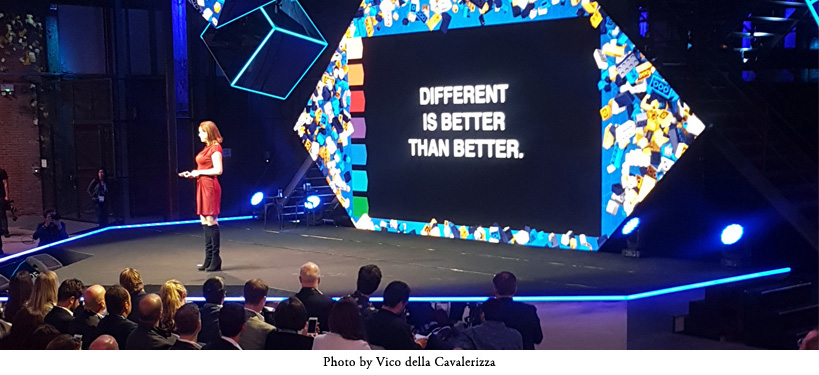A trickle of sweat rolls down your cheek. Your mind starts freaking out. The adrenaline surges into turbocharge mode. You need an idea, pronto.
The pressure to come up with an idea right before a deadline creates a terrible sort of pressure. That pressure creates panic. And panic kills creativity. (Especially if you’ve procrastinated before the deadline!)
I developed this checklist as my own personal “panic button.” When I have to crank out an idea just moments before a deadline, this list helps me get out of my own head.
The next time you’re in crunch time to create a presentation, article, or piece of marketing, skim this checklist of nine sure-fire idea starters.
1. Go on a rant.
Show some passion. Take on a point of view that you feel strongly about. Kick up some dust.
The human brain has become very good at ignoring information. However, we’re very unlikely to disregard (or forget) an emotional response.
Before you begin your presentation, ask yourself: “What do I firmly believe about the topic of my presentation?” If you’re unveiling a new product, take a cue from Steve Jobs’s masterful presentations at Apple, and explain why your new product matters. If you’re pitching a new client, don’t just say what you think…show what you feel. If you make people feel something, whether it’s anger or joy, they’re more likely to remember your message.
2. Create urgency.
Urgency is an extremely powerful motivator. Define your problem and why it can’t wait for people to realize the issue. If you’re telling a roomful of venture capitalists about a troubling downward trend, spell out how bad could it get. What happens if people do not take action, right now? Your goal is to get your audience to take immediate action, so that they can’t ignore what you’ve told them. Tell your audience why they need to get into gear immediately. Wrap up with an action step.
3. Tell a story.
Stories are more fascinating than facts. Rather than reciting data, give a bit of history or even the backstory of how you started learning about your topic. Stories allow you to add personality to your material, which enhances your personal brand.
4. Critique your own brand (or yourself).
If your audience is skeptical or jaded, avoid the puffery with self-deprecation. In his book Originals, Adam Grant describes how entrepreneur Rufus Griscom opened his pitch to venture capitalists with a slide listing the reasons not to invest in his new venture. By giving an unexpected perspective, Griscom also got an unexpectedly high offer from Disney. This technique increases trust and authenticity.
5. Curse a shared enemy.
What do you and your reader both dread? If you’re reading this, we probably share enemies of creativity, such as feeling stuck or the pressure of looming deadlines. Define a mutual misery, and you’ll bond with your audience by recognizing their pain.
6. Ask for opinions.
When you ask for an opinion, your listener’s brain engages to formulate an answer. After you’ve delivered a point of view, ask people to weigh in. Engaging with your audience directly may unlock untapped ideas. If you’re writing a blog post, ask for opinions in your comments. If you’re making a presentation at a meeting, pause for a moment to get real-time input.
7. Hit a nerve.
Fear is a mighty powerful driver. When you describe what we fear, we’ll take notice immediately. Find an intensely charged issue that taps directly into your audience members’ brains. Tackle it head-on. Link this hot button to your desired action, then build your messages around that. What are people freaking out about? Are they scared of dropping prices? A new leader? A legislative change?
8. Describe something specific that fascinates you.
Give a glimpse of the world through your eyes. When you describe a personal passion, your words will flow. You’ll be perceived as more authentic. Use an unexpected fact. Illuminate an unfamiliar perspective. The more obscure, the better. The topic itself doesn’t matter. Are you fascinated by ancient Mayan art, or a new Netflix series? Cool. Say why.
9. Make a dare.
Don’t be afraid to challenge your audience. Encourage them to step outside their comfort zones. How? You could close your next speech by daring the audience to do one thing differently. You could finish an article by daring people to consider a provocative perspective. (Go ahead. I dare you.)
The next time you want to fascinate your audience, use this handy checklist. Your ideas will flow faster than that Red Bull you just downed. (It’s OK, I won’t tell anyone. You’ll still get all the credit.)
This article originally appeared on Inc.com.









